ISSN ONLINE(2319-8753)PRINT(2347-6710)
ISSN ONLINE(2319-8753)PRINT(2347-6710)
| Marek Andrejkovic 1, Zuzana Hajduová 2, Stela Beslerová 3 Assistant Professor, Department of Quantitative Methods, Faculty of Business Economics, University of Economics in Bratislava, Košice, Slovakia1 Associate Professor, Department of Quantitative Methods, Faculty of Business Economics, University of Economics in Bratislava, Košice, Slovakia2 PhD. Student, Department of Quantitative Methods, Faculty of Business Economics, University of Economics in Bratislava, Košice, Slovakia3 |
| Related article at Pubmed, Scholar Google |
Visit for more related articles at International Journal of Innovative Research in Science, Engineering and Technology
The paper is focused on the implementation of the Six Sigma project in the chosen engineering company in Slovakia, to highlight the opportunities and benefits of the implementation of such projects in practice. The Quality improvement and reducing the costs of poor quality were achieved by usage of statistical methods. For the analysis we used QS-Stat, statistical processing software. Contribution of quality improvement was measured as well as technical means of indices Cp and Cpk but also economically through to the cost of poor quality and their decreasing. In this paper we also count the economic effect of improvement through decreasing the amount of additional costs for waste and additional work.
Keywords |
| Six Sigma. Project. Improvement. Quality. Mechanical Engineering |
INTRODUCTION |
| The importance of improving the quality in business practice is very high given the necessity of company competitiveness. We cannot ignore the importance of doing so itself and customer satisfaction, which is associated with the aspect of quality. Using statistical methods within the Six Sigma methodology is often used in manufacturing plants. It is on the basis of the requirements of a particular company, we have to tackle the problem of rising economic costs of poor quality and efforts to reduce them. Enterprise, which implements the application of those procedures, can be found in Slovakia (Central Europe). |
II. BACKGROUND AND RELATED WORKS |
| In this paper we use quality improvement using Six Sigma, which is implemented as six-phase process. Each phase directly affects the selection of a suitable tool of quality improvement. The flow of the phases is shown in Fig. 1. We use the methodology of these phases how it is described by Aboelmaged [1] and El-Haik and Yang [2]. |
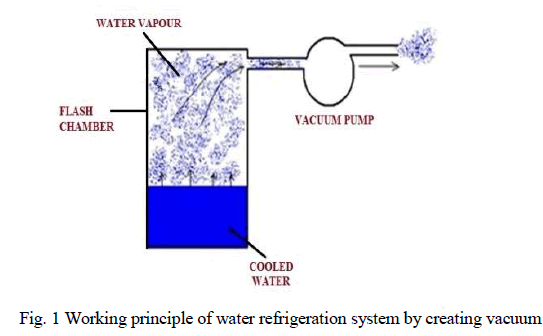 |
| The implementation of Six Sigma is not only the part of quality improvement, but also the new philosophy of understanding the quality and the customer´s requirements. The first step of implementation of Six Sigma consists of making a commitment by top management, i.e. train top managers about the principles and tools of the system. After this step development of managerial infrastructure should continue to support Six Sigma system. The second phase, the collection of information, translates information into an intensive communication between suppliers, customers and employees. The next phase includes the training the employees. After it, it is needed to establish a monitoring system. Since the main goal is continuous improvement, it should be supported by management framework. Measures should be set for business processes and strategic objectives of the organization. The selection of business processes to be improved is realized. At the beginning current key processes and problems, which are identified as wor thless activities and threads, are mapped. Threads to be improved are chosen and then Six Sigma project is defined. This implementation process description is based on [2, 3]. |
| During the quality improvement, we use the DMAIC cycle methodology of Six Sigma as is described by AndrejkoviÃâàet al. [4, 5]. Also we can find this algorithm in [6, 7]. The first step is the definition of process problems, which need to be improved, and setting of objectives, which are to be achieved in the process, follows this. The system must be measured, valid and reliable measures must be determined, the research must be undertaken, it is necessary to analyse the results and define the space between "when" and "should be". After the analysis, system begins to create a new way of working. Simulations and statistical methods verified the improvement process. Rather than implementing improvement, project plan and notification of changes in the organization must be developed. The new improved system is subsequently institutionalized by modification of management system, i.e. budget, business resource planning, etc. Next step is represented by set up of the documentation and monitoring system. In this way data are transformed, i.e. results of the project are also available for other systems. |
III. MATERIAL AND METHODS |
| This section deals with the basic elements defining the Six Sigma project, which can be applied in other areas and are not necessarily focused only on the business process. The aim of this article was the application of the method of Six Sigma in concrete terms of business practice. |
| III.1 Project goals (Phase – Define) |
| The implementation of a Six Sigma project was defined by company management with the main task of reducing the cost of poor quality production, which represented 17% of our total production. Within the Six Sigma methods we measured process performance in the present production before corrections. We checked the quality levels at 3,7 sigma. Compared to the original plan of the project to be delayed and is currently under the process of checking that which does not mean that the proposed improvements in the manufacturing process has not been verified and corrective measures are incorporated into the manufacturing process. In monitoring the quality, we have identified a problem in the production of the product, in this case the propeller, which is used in the turbocharger engines. In this case, a sign of poor quality is the fact that the propeller is at its turn destabilizes and thereby transmits vibrations. It is therefore necessary to remove this problem in the production. This parameter indicates the term “run-out”. The actual improvement project, we decided to split into five phases as shown by El-Haik and Yang [2]. Thus, we use the DMAIC methodology. Under this methodology, we proceed in accordance with the use of procedures and quality improvement tools, which are also referred to by these authors as well as listed under the internal procedures of the company, in which the improvement is made. The methodology used and the solution process is similar to AndrejkoviÃâàet al. [4], Jonker and Karapetrovic [8] and Gijo et al. [9]. In this first phase, the project team tried to answer the question what is the goal of a Six Sigma project, defining our customer, what is expected, what we're going to improve the process. In this operation there was a problem with the increased cost of poor quality in production volume 17%. For the year 2012, the costs of poor quality products were around 41,000 Euros per year. The project team has set a target to reduce this amount by 7%. In this case, we identified that the cost of poor quality represents both the cost of consumables and work that will be undertaken to manufacture products that are identified as rejects and are kibbled or additional work that is needed for working imperfect products that You can still edit. Base material is a melt, therefore the labelling feature unrecoverable, this product is molten and therefore there is no significant loss of base material. Before installation processes of central part of the turbocharger, we detected a problem with geometric shapes of shaft of gas turbine. By method for classification of individual deviations of form and position of the parts we reduced respectively confine a number of important characteristics measured at six critical variables whose statistical analysis show in the following Figure 2. The selection of variables was analysed through a process map, where we tried to identify the various bottlenecks, which could negatively affect product quality. In order to protect patent rights cannot be that procedural map published. |
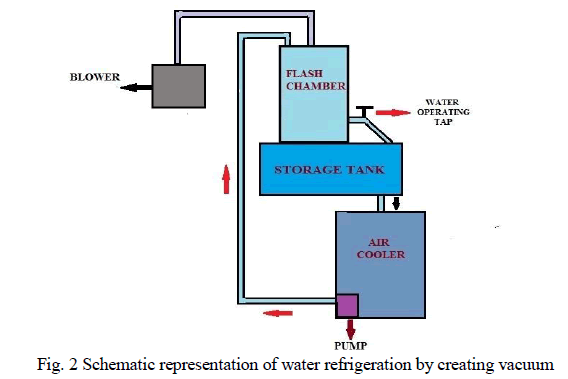 |
IV. RESULTS AND DISCUSSION |
| In this part we describe the realisation of project and the significant results. |
| IV.1 Phase - Measure |
| Based on the phase Define forms were developed to collect data, which were collected for the different types of errors. For each work activity, we have compiled a list of possible errors and we assign them a code. Errors are separated from the production, repeated mistakes and errors in measurement. It was more important to record the date, and the name change master. On the basis of the eligibility process, we noticed one common feature that technology was estimated, i.e. that the problem will be especially critical features of radial run-out of the turbine and or forehead (RO0,05), respectively on the back side (RO0,05a). |
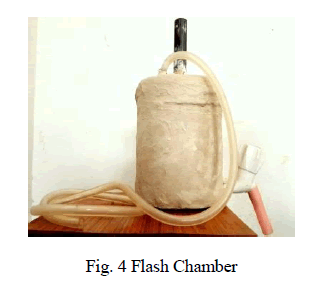 |
| IV.2 Phase - Analyse |
| Following the completion of the measurement process leads to the analysis of available data. This analysis was conducted through the use of mathematical and statistical methods, through various processes and tools, which show the part in this post. Data analysis in control charts and histograms we also do not significantly confirmed the occurrence of trends or cycles. For this reason, we think that visualized the problem of variability in these descriptive diagrams does not show respect to the manufacturing facility. In order to verify the stability of the process we used Shewhart control chart in accordance with [7], as shown in the following figure 4. |
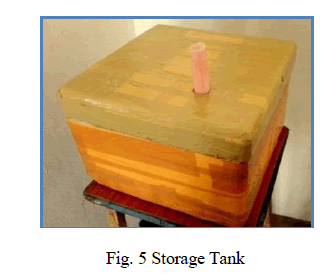 |
| Based on the available results, we identified significant changes in variability over time, which will in turn affect the actual outcome of production. By the application of the F-test, we have identified that the variability is significantly changed. (p-value <0.0001) On this basis, Ishikawa diagram was created, in which the whole project team analyzed the possible causes of those errors. |
| IV.3 Phases – Improve and Control |
| Based on previous measurements and the experience of team members we expected that the variation in time of the eccentricity is caused by uncertain (inaccurate) clamping parts (propeller gas turbine) for precise drilling operation body (shaft) and head (gas propeller). This fact therefore suggests that a significant impact on the identified problem with variability could have any misalignment taper hole. During verifying this hypothesis, we tried the other factors that we singled out, in an appropriate manner to eliminate. To eliminate the impact of service we experiment wary of precision clamping of work, while staff did not change during the experiment. Suitability of the method and the measurement system was verified by special experiments and subsequently confirmed eligibility conditions prescribed. |
| Tools were been picked up, and set during the experiment. The machine tools were not be changed or reorder. To verify our assumption, we carried out an experiment that consisted of 110 pieces of parts production and subsequent statistical evaluation, and this method of classification feature. |
 |
| In this step, we measured process variability, which demonstrates using the Shewhart control chart. |
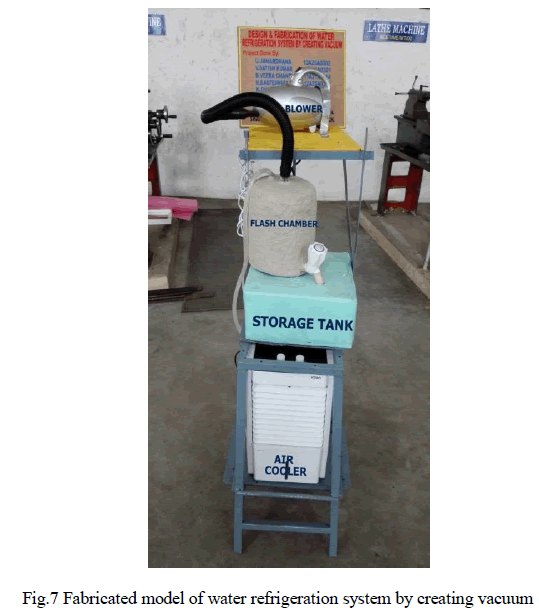 |
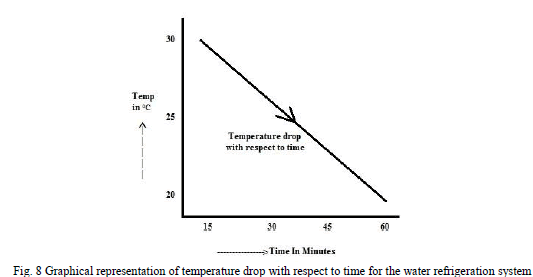 |
| Grading method capability indexes confirmed our assumption that the clamping portion is the main factor which influences negatively the eccentricity and consequently increases the need for balancing shafts with a gas turbine. As confirmed, it is necessary to implement optimisation analysis already in operation have been implemented as problematic holes with the shaft, as well as tail rotor. Improving this process explicitly assume the problem studied to improve the radial run-out turbo propeller. Accordingly, this issue further move to investigate and optimize the production of extra clamping tapered hole. Therefore, it is necessary to intervene directly into the design of the production process and optimize each part of the production as such, technological changes, however, are focused on the use of other tools and methods that fall rather under Design for Six Sigma. |
| IV.4 Economic impact of project |
| In pursuing economic benefits we have identified the problem at the beginning, and the cost of poor quality at 41,000 Euros per year. Given that we have defined the error rate represents approximately 17% of the products manufactured. Said the low value of the cost of poor quality is caused by the fact that the base material remains recovered in production and therefore have to enter only the cost of labour and consumables. Through our proposals, we identified that the number of defective products is reduced to around 9.4% of the total number of manufactured products. It must be pointed out that the influence of a more thorough method of fixing material in the matrix slowed production of around 0.1% of the products for the whole period. On this basis, we can define that despite the reduction in production volume, this difference does not show significant improvements and thus benefits are clear. When analysing calculations, we came to the assumption that reducing the error rate will result in reductions in direct costs for poor quality of around 9340 Euros and the reduction in needs for modifications and additional repairs on products of 2312 Euros, which represents a total savings of 11652 Euros. The overall economic savings would then represent a given period of about one year, 28,4% of the total cost of poor quality per year. |
V. CONCLUSION |
| This paper focuses on improving project quality and errors in manufacturing. While watching the production, we used statistical methods by which we evaluated individual characteristics, from which we subsequently identified through the procedures possible source of error. This source was in the manner of attachment of the material in its turning. This problem is defined and managed in future is considered to change the manufacturing process of grasping to minimize procedural error rate. In the current arrangement has succeeded in reducing the error rate by about 40% (decrease from 17% to 9.4%) and cost savings to the poor quality of around 11,600 Euro. A similar procedure can also be used in other cases and enterprises engaged in the production of similar products in the automotive industry. |
References |
|